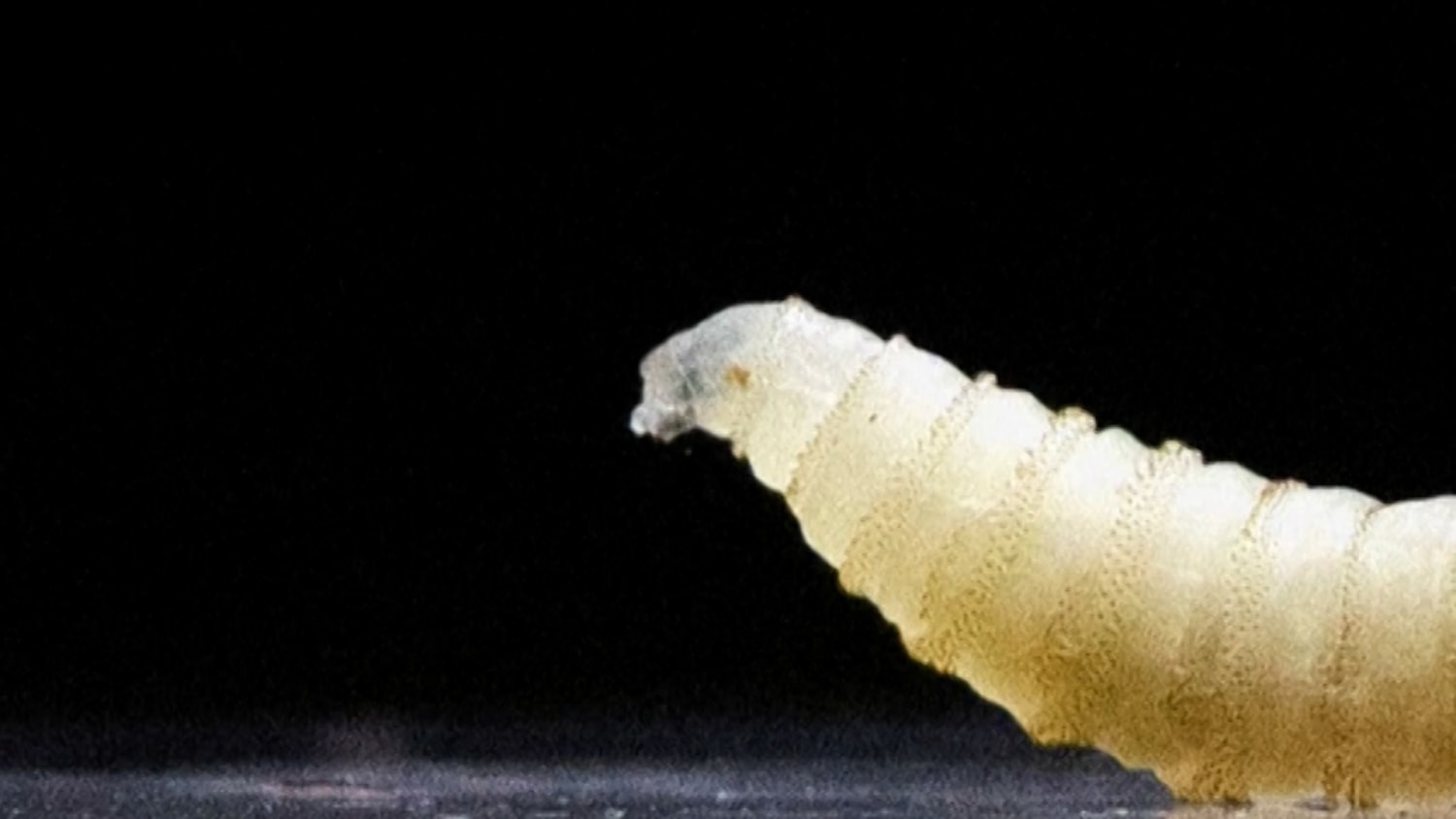Health officials in the United States have verified the first documented case of a human infected with the flesh-eating screwworm parasite, marking a significant moment in the nation’s public health records. The announcement was made by the Department of Health and Human Services (HHS), which confirmed that the infection was detected after medical teams identified unusual symptoms in a patient who had recently sought treatment.
The screwworm parasite, a fly larva that invades wounds and consumes living tissue, is known for its destructive effects on both animals and humans. While it has historically been more common in tropical and subtropical regions, its emergence in the U.S. represents an unusual and troubling development. The case has raised urgent questions among medical researchers, veterinarians, and public health authorities about how the parasite reached U.S. soil and whether additional cases could follow.
According to HHS, the patient’s health issue was recognized when medical experts noticed worsening tissue damage that didn’t align with common bacterial infections. Lab analyses verified the presence of Cochliomyia hominivorax, the species that causes screwworm infestations. This finding has prompted swift measures by health organizations, which include an in-depth epidemiological study and collaboration with veterinary officials, because the parasite is also known to impact livestock.
Historically, screwworm infestations in the United States were considered eradicated after extensive control programs dating back to the mid-20th century. Through the release of sterile flies and other biological interventions, agricultural agencies successfully eliminated the parasite from domestic livestock populations. For decades, the U.S. was considered free of the screwworm threat, but occasional reintroductions from neighboring regions have always been a lingering risk. The confirmation of a human case now suggests that monitoring systems must remain vigilant.
Medical professionals highlight that although the infection occurs infrequently, it can lead to severe outcomes if not addressed. The parasites consume living tissue, resulting in painful wounds, progressive deterioration of tissues, and, in extreme situations, widespread complications. The treatment generally includes careful extraction of the larvae, proper wound care, and specific medication to avert additional infections. According to HHS, in the latest incident, the patient is receiving suitable treatment and the infestation was detected in time to minimize enduring harm.
Beyond the immediate medical implications, the detection of screwworm in a human patient underscores broader concerns about global health and environmental change. Increased international travel, cross-border livestock movement, and shifting climate conditions have all been identified as factors that can facilitate the spread of parasites and vector-borne diseases into regions where they were previously controlled or absent.
Researchers warn that the reappearance of parasites such as the screwworm should serve as a reminder of the interconnected nature of human and animal health. Programs that monitor livestock and wildlife health are not only essential for agriculture but also critical for preventing zoonotic infections in humans. This “One Health” perspective—integrating veterinary science, human medicine, and ecological monitoring—is increasingly recognized as a cornerstone of modern public health.
Agricultural sectors are also paying close attention to the case. The livestock industry has long been aware of the risks posed by screwworms, as infestations can lead to severe economic losses by killing or weakening animals. Authorities are now reviewing preventive protocols, including livestock inspection and quarantine procedures, to minimize the possibility of the parasite establishing itself again in U.S. territory.
The Centers for Disease Control and Prevention (CDC) has collaborated with HHS to release alerts to doctors and animal healthcare specialists, advising them to stay vigilant for potential instances in humans and animals. Despite experts emphasizing that the threat to the public is presently minimal, the uncommon detection prompts increased caution. Individuals who have visited or come from areas where screwworm is still prevalent should consider seeking swift medical care if they observe any abnormal injuries or reactions in the tissue.
The verified situation has reignited debates about the ongoing complexities of managing parasites in an evolving environment. As world temperatures climb and habitats transform, parasites and their insect carriers are expanding into regions previously deemed unsuitable. This development suggests that other overlooked or tropical illnesses may progressively establish themselves in North America and Europe.
At present, health authorities are focusing on managing the situation, identifying the infection’s source, and making sure the patient fully recovers. Although it is premature to decide if this was an isolated case or part of a larger resurgence, specialists concur that the event should be considered a cautionary alert. Ongoing funding in public health monitoring, tracking animal health, and international collaboration will be crucial to avert similar occurrences in the future.
The emergence of the flesh-eating screwworm in a human patient in the United States is not just a medical anomaly but a stark reminder of the fragile balance between humans, animals, and the environment. It highlights how quickly eradicated threats can resurface and why preparedness, vigilance, and integrated health strategies are more important than ever in protecting both human and animal populations.







